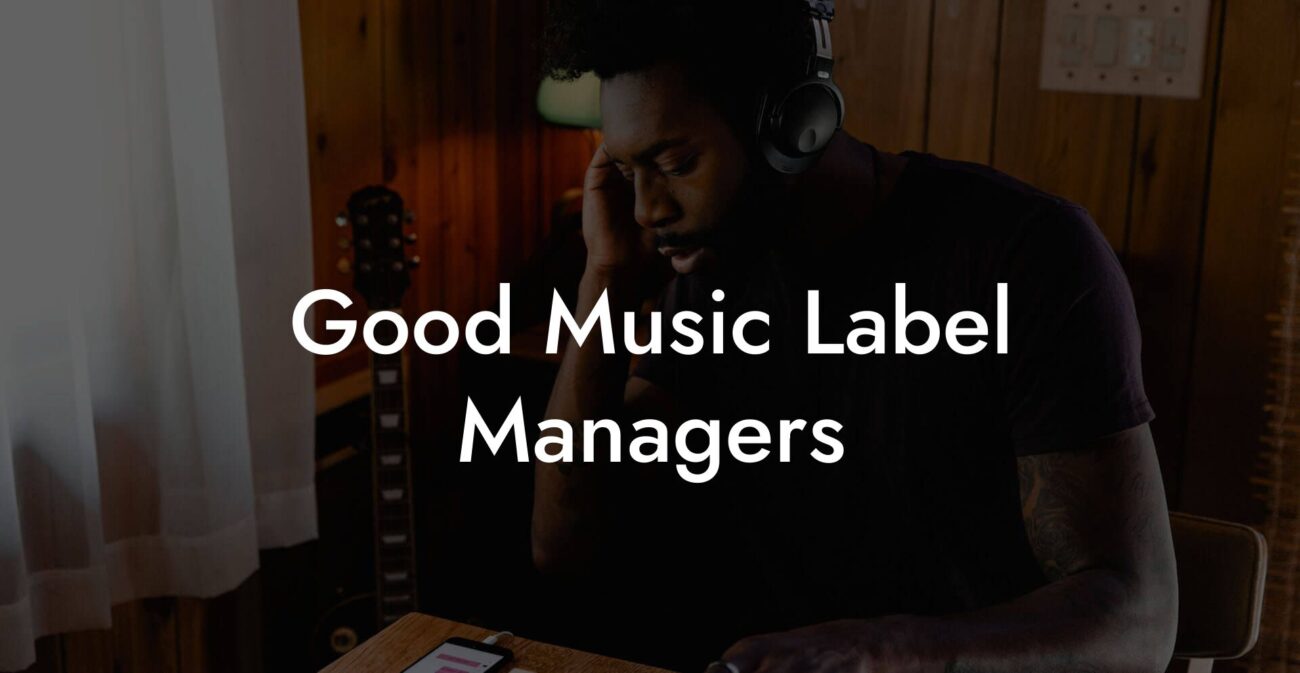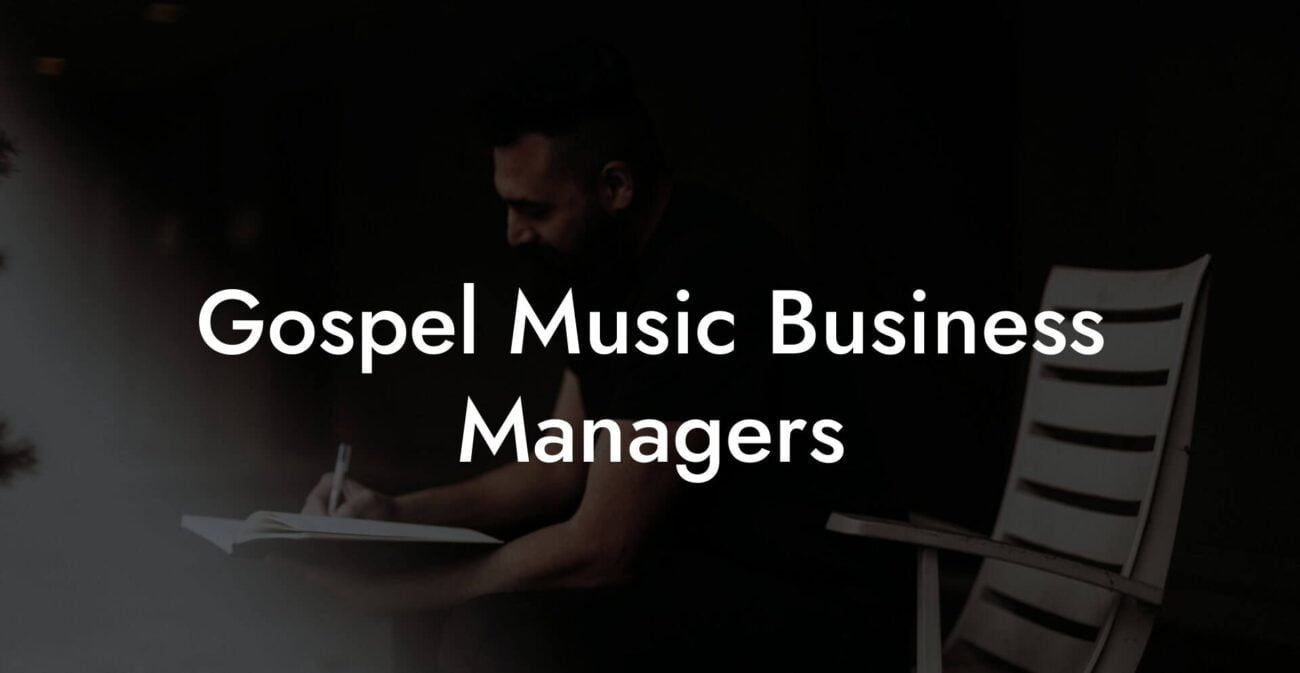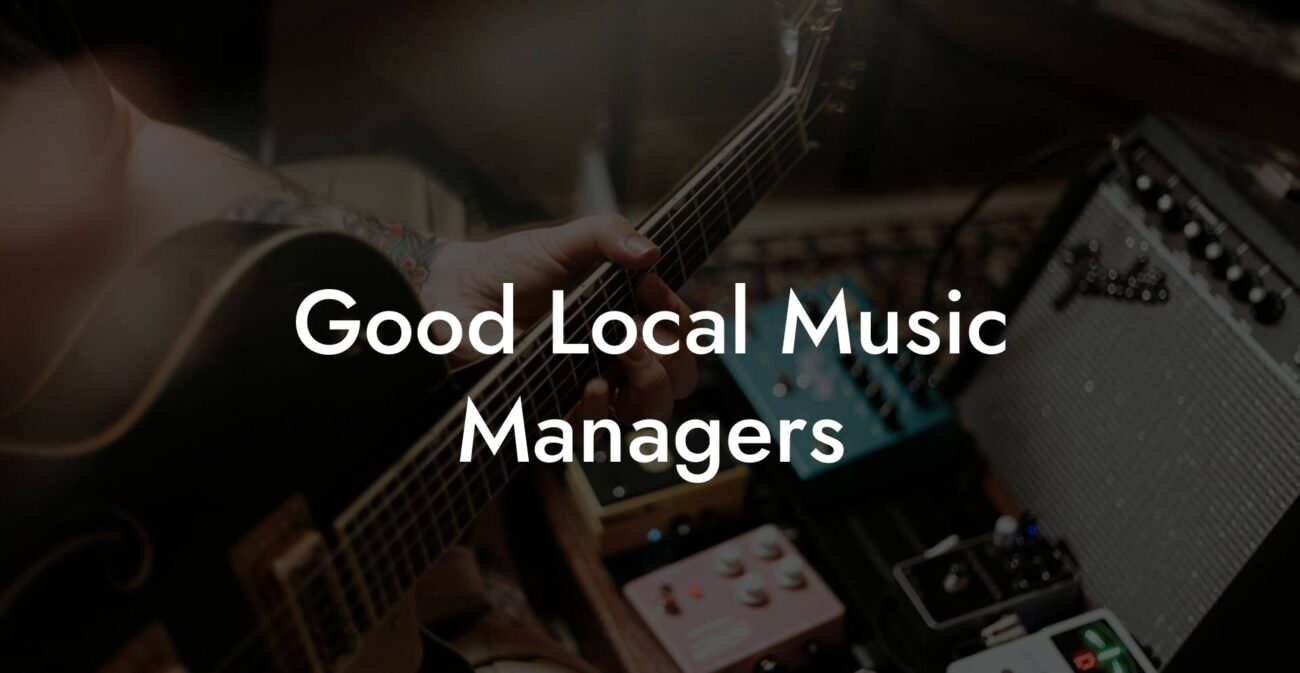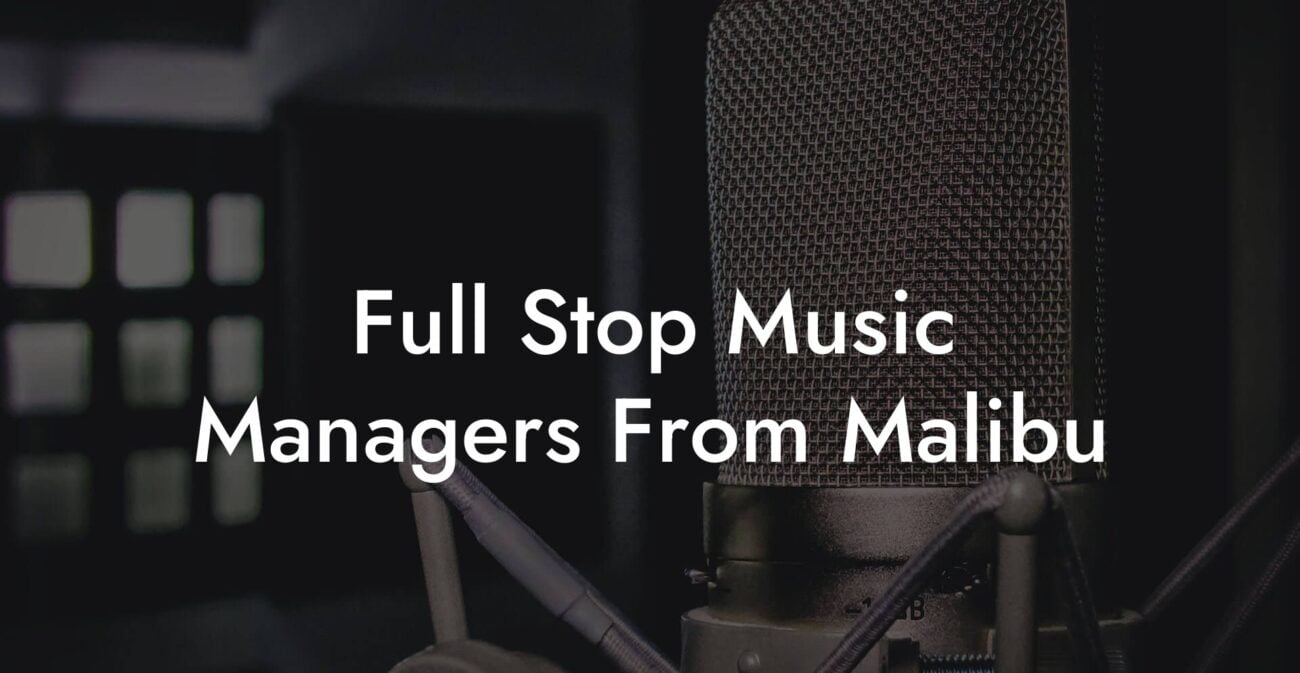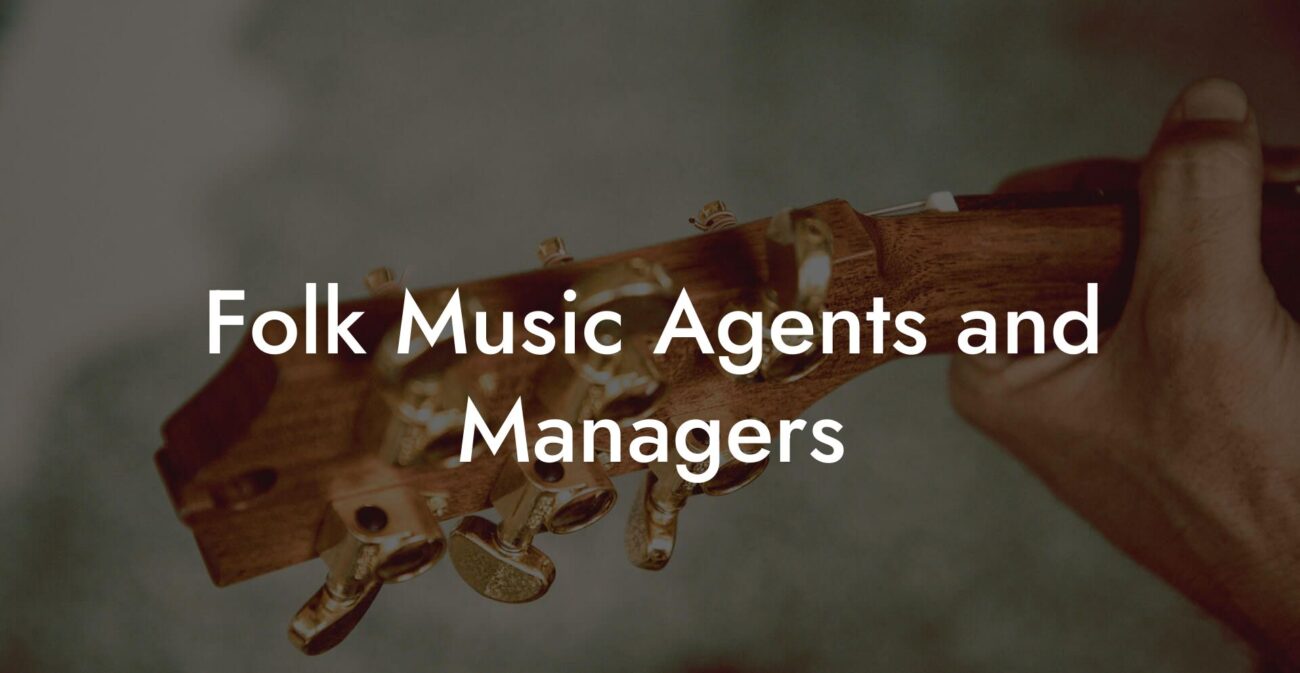Ever felt like your brain is a jukebox of wild, unexpected melodies just waiting to be let out, but you end up stuck staring at a silent screen wondering, “Where do I even start?” Welcome, friend, to the whimsical world of writing instrumental music—a realm where creativity reigns supreme and you get to paint sonic landscapes without uttering a single word. Get ready to dive into a comprehensive guide that’s as practical as it is playful, and as a Gen Z or millennial musician, you’re in the perfect place to mix modern digital wizardry with raw, authentic emotion.
Looking to write your next song? Transform your creative ideas into songs that people will love, and skyrocket your music career with Lyric Assistant. The perfect songwriting assistant. Find out more →
Quick Links to Useful Sections
- The Art of Silence: What is Instrumental Music?
- Finding Your Sonic Identity: Inspiration and Conceptualization
- Setting the Stage: Tools and Technology for Modern Composition
- Understanding the Building Blocks: Music Theory Essentials
- The Creative Process: From a Blank Canvas to a Sonic Masterpiece
- Step 1: Jam, Experiment, and Improvise
- Step 2: Establish a Theme or Motif
- Step 3: Build Layers and Develop Your Arrangement
- Step 4: Experiment with Structure
- Layering and Orchestration: Crafting a Rich Sonic Landscape
- Mastering Dynamics and Tempo: Keeping Your Listeners on Their Toes
- Digital Experimentation: Let Technology Spark Your Creativity
- Embracing Minimalism: When Less is More
- Case Studies: Behind the Beats of Instrumental Success
- Case Study 1: The Bedroom Producer Who Reinvented Chill Beats
- Case Study 2: The Classical Composer Turned Electronic Alchemist
- Case Study 3: The Experimental Soundscaper’s Journey Into Ambient Realms
- Overcoming Creative Blocks: Unleashing Your Inner Maestro
- 1. Change Your Environment
- 2. Collaborate or Seek External Input
- 3. Embrace Experimentation Without Expectations
- 4. Take a Break and Refresh
- Resources and Community Support: Your Next Steps
- Mixing It Up: Editing, Mixing, and Mastering Your Instrumental
- The Evolution of Instrumental Music: Trends and Future Directions
- Instrumental Music and Emotional Storytelling: Connecting Through Sound
- Practical Tips for a Consistent Creative Workflow
- The Role of Experimentation: Breaking Genre Boundaries
- Leveraging Digital Communities and Online Tools
- Instrumental Music Composition FAQs: Your Questions Answered
- Your Journey to Instrumental Mastery
The Art of Silence: What is Instrumental Music?
Instrumental music is the pure, unadulterated essence of sound—a canvas for your imagination. Without lyrics, every note, chord, and beat comes alive with nuance, inviting your listeners to interpret the story in their own way. Think of it as the musical version of an open-ended painting; you’re creating a vibe that can evoke joy, sorrow, excitement, or introspection without saying a single “la la la.”
In a world brimming with auto-tuned vocal hooks and hashtag-worthy anthems, instrumentals hold a revered spot. They’re the playgrounds for movie scores, chill study beats, and even chart-topping electronic bangers. Whether you’re a keyboard wizard, a guitar guru, or a digital producer experimenting on your laptop, mastering the craft of instrumental composition means embracing the freedom to experiment and express without boundaries.
Finding Your Sonic Identity: Inspiration and Conceptualization
Every great instrumental begins with a spark—a moment of inspiration that sets your creative gears in motion. Inspiration might strike while you’re watching a sunset, chilling with your friends over iced matcha lattes, or even scrolling through memes at 3 AM. The key is to capture that vibe before it slips away.
Start by asking yourself: What is the mood I want to evoke? Is it triumphant like a hero’s march or introspective like a rainy afternoon? Jot down a few words, emotions, or even images that come to mind. These initial ideas are your raw material for crafting a sonic identity uniquely yours. Use mood boards, scribbled notes on your phone, or even a voice memo—whatever helps preserve that fleeting moment of genius.
Write Lyrics Like a Professional Songwriter
The ultimate songwriting tool that takes your creative vision to the next level! With just a few clicks, you can unleash your inner songwriter and craft a hit that's uniquely yours. Your song. You own it.
Setting the Stage: Tools and Technology for Modern Composition
Gone are the days when you needed fancy instruments and a full-blown studio to create mesmerizing instrumentals. Today’s digital landscape offers a treasure trove of tools that suit every budget, from free applications to professional-grade DAWs (Digital Audio Workstations). Whether you’re a bedroom producer or an aspiring maestro, here are some essentials:
- Digital Audio Workstations (DAWs): Programs like Ableton Live, FL Studio, Logic Pro X, and GarageBand provide a platform to compose, record, and mix your tracks with precision. Experiment with the one that resonates with your workflow and dive into its vast library of sounds.
- Virtual Instruments and Plugins: Expand your sonic palette with virtual synths, samplers, and effects plugins. From the majestic strings of a symphony to the gritty pulse of a synthwave bassline, these tools let you emulate nearly any instrument imaginable.
- MIDI Controllers: These devices serve as the bridge between your raw ideas and digital execution. Even a basic MIDI keyboard can transform how you interact with your music software, giving you a hands-on way to play out your ideas.
- Audio Interfaces and Monitors: To truly appreciate the nuances of your composition, investing in good audio equipment—like an audio interface and accurate studio monitors or quality headphones—can elevate your mixing and mastering decisions.
Embrace the digital revolution in music creation. It’s your playground, and the rules are as flexible as your creativity demands.
Understanding the Building Blocks: Music Theory Essentials
Now, if you’re thinking, “Music theory? That sounds like a snooze-fest from high school,” think again! While you don’t need to be a theory wizard to create a killer instrumental, having a basic understanding of scales, modes, chords, and rhythm can be your secret weapon.
Music theory is less about memorizing endless rules and more about understanding the language of music. Here’s a quick cheat sheet:
- Scales and Modes: These are the foundations of melody. Experiment with major scales for bright, happy vibes or minor scales for something a bit more melancholic. Don’t shy away from modes like Dorian or Phrygian to add a dash of intrigue to your compositions.
- Chord Progressions: A well-crafted chord progression can make your instrumental feel like a story with ups and downs. Play around with traditional progressions like I-IV-V or venture into more experimental territory with unexpected chord changes.
- Rhythm and Tempo: The groove is the heartbeat of any piece. Whether you’re into slow, atmospheric soundscapes or high-energy dance tracks, focusing on rhythm will keep your listeners engaged.
Remember: these are guidelines, not strict rules. Some of the most iconic instrumentals break traditional norms and create new musical languages. Don’t be afraid to experiment and trust your ear—it’s your most valuable instrument.
The Creative Process: From a Blank Canvas to a Sonic Masterpiece
Embarking on a new instrumental piece is like starting with a blank canvas and an unlimited palette of sounds. Here’s how you can transform a vague idea into a full-fledged musical journey:
Step 1: Jam, Experiment, and Improvise
Allow yourself to get lost in the moment—whether it’s jamming on your guitar, dancing around your DAW with a MIDI controller, or messing with a virtual synth. Improvisation is the lifeblood of creativity. Record those spontaneous bursts of inspiration, even if they seem rough around the edges. You can refine them later.
Step 2: Establish a Theme or Motif
Identify the core idea or melody that resonates with the mood you want to portray. This motif acts as the anchor for your piece. Sometimes, a single repeating phrase or a rhythmic pattern can be enough to create an unforgettable signature sound.
Step 3: Build Layers and Develop Your Arrangement
Once you have a solid motif, it’s time to layer your sounds. Begin with a foundation—perhaps a steady drum beat or a subtle bassline—and gradually build up melodic layers. Experiment with dynamics by introducing or removing elements throughout the track, keeping the listener engaged.
Think of the process as sculpting a piece of art: start with broad strokes and refine the details. Use automation in your DAW for smooth transitions, and pay attention to how each element interacts with others.
Step 4: Experiment with Structure
Unlike traditional pop songs, instrumentals can freely roam between structured sections and abstract, fluid passages. Don’t feel confined to verse-chorus-verse patterns. Explore different structures—build-ups, breakdowns, bridges, or even minimalist sections that leave space for the listener’s imagination.
Break the mold! Your instrumental can be as conventional or experimental as you want it to be, reflecting your unique artistic voice.
Layering and Orchestration: Crafting a Rich Sonic Landscape
One of the most delightful aspects of creating instrumental music is the art of orchestration—choosing the right combination of sounds to evoke layers of meaning. Whether you’re drawing inspiration from an acoustic ensemble or a futuristic electronic setup, layering instruments is key.
Start with a strong rhythmic and harmonic foundation. Once that’s set, play with melodic lines that weave in and out of the mix. Here are a few pro tips:
- Contrast and Complement: Use contrasting textures to keep things interesting. For example, pair a smooth, sustained pad with a percussive, plucky motif. Their interplay creates tension and release—an essential ingredient in effective music.
- Dynamic Variation: Adjust the volume, panning, and effects to create depth. Subtle changes in reverb or delay settings can make a significant difference in how each instrument interacts within the mix.
- Spatial Awareness: Consider the ‘space’ in your music. Leaving moments of silence or minimal instrumentation can be as powerful as a full-blown orchestral section, giving your piece breathing room.
Orchestration is your playground. Experiment with unconventional instrument combinations—imagine the blend of vintage analog synths with classical strings or electric guitar riffs layered over ambient soundscapes. The goal is to create an immersive listening experience that tells your story without words.
Mastering Dynamics and Tempo: Keeping Your Listeners on Their Toes
Dynamics and tempo are the heartbeat of your instrumental composition. They control the energy, emotion, and narrative flow of your track. Whether you’re aiming for a pulse-pounding electronic anthem or a reserved, meditative piano piece, understanding these elements is crucial.
Dynamics: Don’t be afraid of contrast. Use changes in dynamics to steer your listener through a rollercoaster of emotions. A quiet, introspective passage can build anticipation before exploding into a powerful climax. Automation in your DAW can help you gradually shift volume levels, effectively guiding the emotional journey.
Tempo: Tempo influences the overall vibe of your composition. A faster tempo might energize your audience, making them want to move, while a slower pace can evoke introspection and calm. Experiment with tempo changes and rhythmic shifts—sometimes the magic lies in how a sudden slowdown or unexpected change in beat can reframe the entire mood.
Remember, even in the realm of instrumentals, subtle variations in dynamics and tempo can be the difference between a forgettable background hum and an evocative masterpiece that captivates the soul.
Digital Experimentation: Let Technology Spark Your Creativity
In this digital age, the music creation process is as much about innovation as it is about tradition. Embrace technology not as a crutch but as an extension of your creative self. Experiment with new sounds, reverse audio clips, warp tempos, or even incorporate unexpected field recordings to add texture to your tracks.
Modern music production software offers endless possibilities. Try slicing up everyday sounds—like the clinking of coffee cups, street chatter, or even the hum of your computer fan—and integrate them into your composition. These idiosyncratic touches can add a layer of uniqueness that sets your instrumental apart from the rest.
And don’t worry about perfection. Some of the most celebrated musical experiments have emerged from happy accidents. Let those glitches and imperfections remind you that creativity is as much about exploration as it is about mastery.
Embracing Minimalism: When Less is More
In a world that often equates extravagance with brilliance, sometimes simplicity holds the true power. Minimalist compositions turn down the volume on complexity and focus on the core emotion of the music. This approach can be especially potent for instrumental music, where every note matters.
Consider stripping down your arrangement to its bare essentials—a lone piano melody accompanied by subtle ambient textures, for example. The silence between the notes can speak volumes, providing listeners with space to reflect and feel.
Minimalism isn’t about sacrificing substance; it’s about honing in on the message and letting your musical ideas breathe. So, if you find yourself overwhelmed by too many layers of sound, try going back to basics and trust the power of “less.”
Case Studies: Behind the Beats of Instrumental Success
Sometimes, the best way to learn is by looking at the journeys of others. Here are some real-life examples of artists who transformed their initial spark of inspiration into groundbreaking instrumental pieces:
Case Study 1: The Bedroom Producer Who Reinvented Chill Beats
Meet Alex, a self-taught producer who started crafting lo-fi instrumental beats right from their cramped bedroom. With nothing more than a basic DAW, a MIDI controller, and an endless supply of midnight snacks, Alex began experimenting with dusty vinyl samples and mellow hip-hop rhythms. Today, their tracks are the go-to background for study sessions, coffee shop vibes, and late-night drives, captivating listeners with their raw authenticity and nostalgic feel.
Case Study 2: The Classical Composer Turned Electronic Alchemist
Then there’s Jamie, a classically trained pianist who decided to merge the sophistication of classical music with the boundless possibilities of electronic sound design. By reimagining familiar motifs with futuristic synth textures and creative processing techniques, Jamie crafted instrumental pieces that defy genre boundaries. Their work not only pays homage to timeless musical traditions but also pushes the envelope of modern production, winning fans from both the classical and electronic music scenes.
Case Study 3: The Experimental Soundscaper’s Journey Into Ambient Realms
Finally, picture Morgan—a daring experimental artist known for creating immersive ambient soundscapes. Using field recordings from bustling city streets and serene nature escapes alike, Morgan weaves together organic and electronic elements in a way that transports listeners to entirely new worlds. Their work is a testament to the limitless potential of instrumental composition, where every sound has a place in the grand tapestry of the auditory experience.
Overcoming Creative Blocks: Unleashing Your Inner Maestro
Every creative journey has its share of hurdles, and instrumental composition is no different. Creative blocks are a natural part of the process, but they don’t have to be roadblocks. Here are a few strategies to get the ideas flowing again when your inspiration seems to have hit a brief intermission:
1. Change Your Environment
Sometimes a change of scenery can reawaken your creativity. Whether it’s working in a park, a cozy café, or even rearranging your studio space, a new environment can provide fresh perspectives and ideas.
2. Collaborate or Seek External Input
If you’re stuck in a creative rut, consider collaborating with fellow musicians or producers. Sharing ideas, exchanging feedback, or even jamming together can open up avenues you might not have explored on your own.
3. Embrace Experimentation Without Expectations
Remove the pressure of having to create a masterpiece with every session. Sometimes, allowing yourself to play without judgment leads to hidden gems that can be refined into something truly special.
4. Take a Break and Refresh
It might sound counterintuitive, but stepping away from your work can be incredibly beneficial. A short walk, a workout, or even a nap can help clear your mind and spark new ideas.
Remember, creativity is a marathon, not a sprint. Embrace the ebbs and flows, and trust that your unique voice will find its way through the silence.
Resources and Community Support: Your Next Steps
Building your craft as an instrumental composer is a journey best taken with a supportive community and the right resources at hand. Whether you’re looking to hone your technical skills or simply seeking inspiration from fellow musicians, there’s never been a better time to immerse yourself in the world of music.
Online Forums and Communities: Join platforms like Gearslutz, Reddit’s r/WeAreTheMusicMakers, or dedicated Facebook groups where both aspiring and established producers share tips, feedback, and collaborative projects.
Tutorials and Masterclasses: Check out YouTube channels, online courses on websites like Coursera or MasterClass, and local workshops that cover everything from music theory fundamentals to advanced DAW techniques.
Software and Plugin Discounts: Keep an eye out for seasonal promotions on your favorite digital tools. Many manufacturers offer student discounts or limited-time deals that can help expand your sonic arsenal without breaking the bank.
Local Meetups and Jam Sessions: Get involved in your local music scene. Whether it’s attending open mic nights, participating in live jam sessions, or collaborating with nearby artists, real-life interactions can fuel your creativity and open doors to new opportunities.
Remember, the journey toward instrumental mastery is as much about community as it is about individual expression. Lean into the shared experiences, celebrate the small victories, and let the collective energy of fellow music aficionados propel you forward.
Mixing It Up: Editing, Mixing, and Mastering Your Instrumental
Once you’ve poured your heart out into your composition, the next step is to refine it through the art of mixing and mastering. This phase is where your track transforms from a collection of ideas into a polished, immersive experience.
Mixing: Start by balancing your levels—ensuring that every instrument, from the subtle background pad to the vibrant lead melody, has its own space in the sonic spectrum. Use equalization to remove any unwanted frequencies and add effects like reverb or delay to create depth. The goal is to make each element shine while still complementing the whole.
Mastering: Once your mix is solid, mastering is the final polish. This is the process of preparing your track for distribution, ensuring it sounds great on everything from high-end speakers to earbuds. There are plenty of mastering plugins available, but if you’re new to the process, consider collaborating with a professional mastering engineer.
Embrace the idea that every step in the production process contributes to the final narrative of your instrumental. Much like a story is refined through drafts, your music evolves with each tweak and adjustment.
The Evolution of Instrumental Music: Trends and Future Directions
The world of instrumental music is ever-changing, and what might be considered innovative today could become tomorrow’s classic sound. Stay curious about emerging trends, be it lo-fi aesthetics, hybrid genres, or the integration of artificial intelligence in music production.
AI tools, for example, are now capable of generating unique melodies, suggesting chord progressions, or even automating certain production tasks. While these technologies can be incredibly helpful, remember that your unique creative vision is what sets your music apart.
Look to industry influencers, attend virtual concerts, follow music blogs, and subscribe to newsletters that keep you updated on technology, techniques, and trends. The fusion of tradition and innovation is where the future of instrumental music lives—and your role as a creator is to shape that future with every beat.
Instrumental Music and Emotional Storytelling: Connecting Through Sound
Without lyrics to guide the narrative, instrumental music relies solely on its sonic elements to convey emotion. Think of your track as a story where every crescendo, decrescendo, and unexpected silence speaks directly to the listener’s heart.
To truly connect with your audience, consider the following:
- Create a Narrative Arc: Even if your track is abstract, arrange it to have a beginning, middle, and end. Build tension, introduce surprises, and let the music breathe with natural pauses.
- Utilize Motifs: Repeating themes can act as a musical signature that listeners latch onto. Whether it’s a haunting melody or a spirited rhythmic pattern, these motifs create emotional continuity throughout your piece.
- Play With Texture: Vary the timbres—use warm, analog sounds for intimacy or icy, digital tones for a futuristic vibe. The interplay of different textures can evoke a range of emotions from nostalgia to adventure.
Ultimately, the absence of words becomes an invitation for your audience to embark on their own interpretive journey. Each listener will experience your musical narrative in a deeply personal way, and that’s the magic of instrumental storytelling.
Practical Tips for a Consistent Creative Workflow
Consistency is the secret ingredient behind every prolific musician’s success. Here are some tips to streamline your creative workflow and keep the ideas flowing:
- Establish a Routine: Set aside dedicated time in your schedule for music creation. Whether it’s an hour each morning or a weekend jam session, consistency helps foster creativity.
- Keep a Sound Diary: Record snippets of interesting sounds, melodies, or ideas whenever inspiration strikes. Over time, these recordings become a treasure trove of raw material to revisit.
- Limit Distractions: Create a workspace that minimizes interruptions. Sometimes, simply turning off notifications or setting your phone to “Do Not Disturb” can lead to more focused sessions.
- Experiment Regularly: Reserve part of your creative time for experimentation—try new plugins, explore different genres, or work with unconventional instrument pairings. These sessions may not always result in a finished track, but they expand your creative vocabulary.
- Collaborate and Share: Build a network of fellow musicians where constructive feedback is the norm. Collaboration not only enriches your work with diverse perspectives but also keeps you accountable in your creative pursuits.
A disciplined yet flexible approach to your workflow ensures a constant stream of creativity, enabling you to develop your unique musical signature without burning out.
The Role of Experimentation: Breaking Genre Boundaries
One of the most exciting aspects of writing instrumental music is the freedom to break the rules. Today’s music landscape is a melting pot of genres, where boundaries blur and hybrids flourish. Don’t be afraid to mix elements from classical, jazz, electronic, rock, ambient, and even world music.
Experimentation is not just about making random choices—it’s a deliberate process of discovery. Try combining a flamenco guitar riff with a chill trap beat or layering traditional African drums under a synthesized ambient melody. The unexpected juxtapositions can yield groundbreaking sounds that defy easy categorization.
View every experiment as an opportunity to expand your creative arsenal. Your willingness to blur genres doesn’t just refine your musical identity; it could very well set new trends in the ever-evolving world of instrumental music.
Leveraging Digital Communities and Online Tools
In the era of digital connectivity, you don’t have to create in isolation. Online communities provide vibrant spaces to share, learn, and grow alongside other instrumental composers from around the globe. Platforms like SoundCloud, Bandcamp, and even TikTok have become modern-day stages where your music can reach a global audience.
Additionally, numerous online tools and apps can enhance your creative process. From sample libraries offering rare and unusual sound bites to collaborative platforms where you can co-create tracks in real time, the digital world is awash with resources tailored for the modern musician. Harness these tools to experiment, share your work, and gather feedback that can propel your artistry to new heights.
Remember, the digital landscape is a treasure trove of inspiration and practical support. Whether you’re learning from tutorials on YouTube or joining real-time feedback sessions on Discord, there is a community out there waiting to propel your musical journey forward.
Instrumental Music Composition FAQs: Your Questions Answered
We know you might have burning questions about the art and craft of instrumental music composition. Here are a few frequently asked questions (and answers) to help clear up any uncertainties you might have.
1. Do I need formal music theory training to write instrumental music?
Not at all! While a basic understanding of music theory can be helpful, many successful composers rely on their ears and intuition to create compelling soundscapes.
2. Can I create engaging instrumentals using just a laptop and free software?
Absolutely. Many modern instrumental hits have been crafted entirely with accessible, free or budget-friendly software. It’s all about creativity and making the most of the tools at your disposal.
3. How do I decide on the right structure for my instrumental track?
There’s no one-size-fits-all answer here. Some pieces benefit from a clear, defined structure, while others thrive on fluid, evolving arrangements. Experimentation and listening to what feels right are your best guides.
4. What role does technology play in modern instrumental composition?
Technology is a game-changer, offering everything from advanced DAWs and virtual instruments to collaboration tools and AI-powered composition assistants. Embrace these innovations to expand your creative horizons.
5. How can I overcome creative blocks when working on a new piece?
Creative blocks are normal. Try changing your environment, collaborating with peers, or simply taking a break to reset. Sometimes stepping away provides the clarity needed to break through the silence.
6. Is there a specific genre that works best for instrumental music?
Not really! Instrumental music spans across every genre—lo-fi, ambient, electronic, classical, and beyond. Choose the style that resonates most with your creative vision.
7. How can I ensure my instrumental track stands out?
Focus on authenticity and experimentation. Don’t be afraid to incorporate unexpected sounds or break conventional rules. Your unique voice is what will make your track memorable.
8. Where can I find inspiration for new instrumental ideas?
Inspiration is everywhere—from the hum of everyday life and the beauty of nature to the diverse sounds found in other musical genres. Stay curious, record your ideas, and explore new sonic landscapes.
Your Journey to Instrumental Mastery
Creating instrumental music is more than just a technical process—it’s a journey of self-expression, innovation, and endless discovery. Every melody you craft, every chord progression you experiment with, and every beat you lay down is a step towards defining your unique musical identity.
Embrace the challenge and enjoy every twist and turn of the creative process. Whether you’re doodling in your DAW during a casual afternoon or meticulously perfecting your mix for that upcoming release, know that you are part of a vibrant community of artists who believe in the transformative power of instrumental sound.
The future is yours to shape with every note you play. Let your passion drive you, your curiosity inspire you, and your technical skills evolve with each new track you create. Get out there, experiment boldly, and make music that not only fills the silence but also deeply resonates with the hearts of your listeners.
In this ever-evolving landscape of sound, your journey to instrumental mastery is just beginning. Embrace the freedom to create, innovate, and redefine what music can be—one beat at a time.
Write Lyrics Like a Professional Songwriter
The ultimate songwriting tool that takes your creative vision to the next level! With just a few clicks, you can unleash your inner songwriter and craft a hit that's uniquely yours. Your song. You own it.


